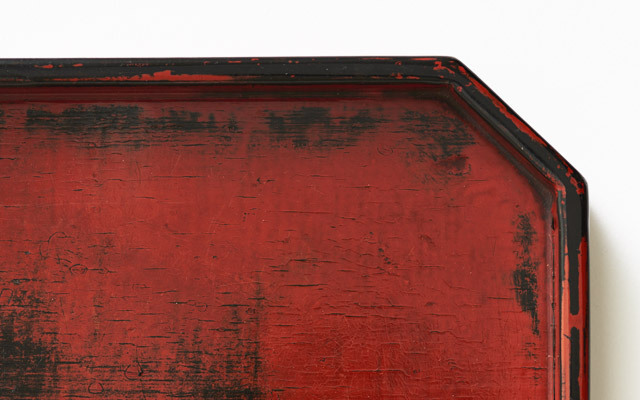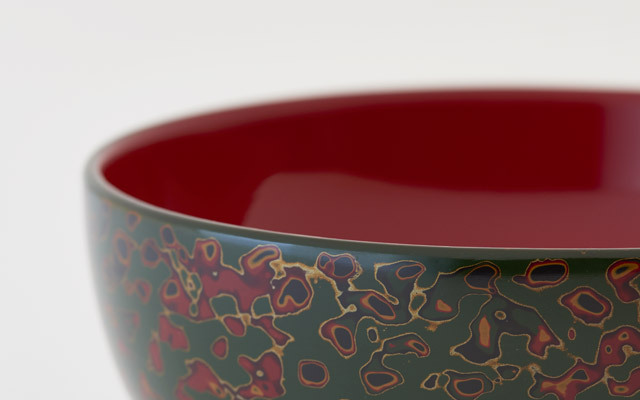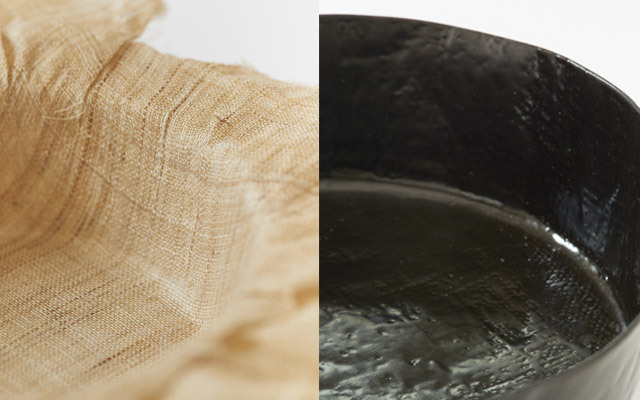
Tsugaru lacquerware | Aomori Prefecture
Lacquerware is one of Japan’s most distinctive traditional crafts (kogei). It’s unique not only for its long history (dating back to the Jomon period before 300 BC), and different local varieties, but also for its use by diverse social classes over the centuries, including the court nobility, samurais, temples and shrines, and merchants.
From a simple glance, it's obvious that lacquerware is beautiful, but it was developed for function as much as form. When applied to the surface of bowls or other vessels, lacquer has great versatility as a natural coating material or adhesive, providing excellent protection against water and corrosion. The substance as well as the style of lacquer has made it integral to Japanese culture since ancient times, in both high art and everyday life.
Red and Rustic
Negoro refers to rustic and simple lacquerware associated with Negoro-ji, a Zen Buddhist temple that gained power starting in the Kamakura period. Monks in training at the temple would use tableware such as tables, trays, and dishes coated first in black lacquer, then by a layer of red. Negoro lacquerware shows its true nature after many years of use, as the red lacquer wears away to reveal the black-lacquer underneath — an ever-changing mystical beauty to be found in what vanishes.
Negoro lacquerware square tray | Muromachi period
Lacquer Across the Land
Lacquerware comes in local varieties from the north to the south of Japan. Different techniques are used for the preparation and coating of the wooden bases, as well as the method of applying lacquer on their surface. All varieties have unique patterns refined to suit the intended utility, ranging from everyday soup bowls, to more refined art and ritual objects.
Tsugaru lacquerware | Aomori Prefecture
A Delicate Strength
Lacquerware is known for its luxurious shine and for the time and craftsmanship that goes into making a single piece. Due to their refined image, one might assume lacquered objects are vulnerable to scratches and damage. However, lacquer is surprisingly strong and can be shaped for innovative purposes, compared with some more delicate traditional crafts. Contemporary artisans are now exploring the endless possibilities of lacquer, in both design and functionality.
Cloth + Lacquer = Solidification
Credits
Support: Japan Design Committee, Makoto Koizumi




